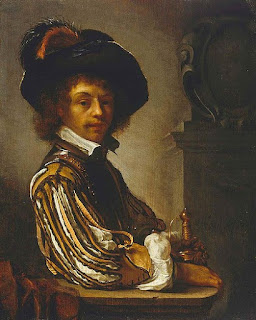 artemis,Australia,Egypt,Egyptian,Egyptian antiquities looting,Jeff Hallen,Mike Sigler,Relics of the Nile
artemis,Australia,Egypt,Egyptian,Egyptian antiquities looting,Jeff Hallen,Mike Sigler,Relics of the Nile
 No comments
No comments
Red Flags Ignored? Seventeen Egyptian artefacts have been formally returned to Egypt from Australia
In a significant victory in the fight against illicit antiquities trafficking, seventeen Egyptian artefacts have been formally returned to the Government of the Arab Republic of Egypt in a handover held at the Australian Parliament House in Canberra on 26 November 2025, where officials marked the return as a milestone for cultural property protection. Ambassador Nabil Habashi, Deputy Minister of Foreign Affairs, presided over the ceremony, receiving the voluntarily repatriated artefacts from an Australian citizen in the city of Melbourne, in coordination with the Australian side. Additionally, Egypt and Australia signed the documents for the return of 17 rare Pharaonic artefacts to Egypt.
.jpeg) |
| Left Image: Artemis Auction sale photo Right Image: Restituted cartonnage ensemble |
The child's cartonnage ensemble, used for adorning a mummified body, is interesting as it was put up for auction online by Teresa and Bob Dodge at Artemis Fine Arts auction house in Louisville, Colorado where it reportedly sold for $10,000 USD on 13 February 2020.
The provenance listed for the auction of this artefact was listed as:
Private J.H. collection, Beaverton, Oregon, USA; ex-Relics of the Nile, Lexington, Kentucky; ex-private S.O. Simonian collection, Switzerland, acquired in Egypt and transported to Switzerland in 1972, where they have been held in storage since 2010
J.H. is Jeff Hallen, a part-time collector-dealer in Beaverton, Oregon who, according to his Facebook profile was once affiliated with Yanto Alexander Fine Art. He has also stated in a social media group that he was selling his collection through Artemis in Colorado. Relics of the Nile, is a virtual dealer operated by Mike Sigler who in turn has purchased and circulated ancient artefacts which have passed through the hands of at least one suspect dealer operating in Dubai.
One should also note that this online sale took place in 2020, the year after Serop Simonian's name was scandalously linked as the alleged trafficker of the Gold Coffin of Nedjemankh, seized by the D.A.’s Office in Manhattan and HSI New York from the Metropolitan Museum of Art as well as other problematic pieces. Given the high visibility of that scandal, it is reasonable to question what level of due diligence, if any, was conducted by Dodge when Artemis purchased, or accepted, the cartonnage on consignment, before subsequently auctioning the suspect artefacts onward to the collector in Melbourne.
Why This Matters for the Global Fight Against Cultural Heritage Crime
The repatriation of these objects highlights a few critical truths for the broader field of cultural heritage protection:
It demonstrates that trafficked artefacts can surface and travel anywhere in the world, even in countries far removed from their origin, and that the illicit trade in cultural property often spans multiple continents, from excavation zones in post-conflict source countries, through transit countries, and on to primary and secondary market countries changing hands multiple times in sales and exports before arriving to private collectors,
Laws like Australia’s Protection of Movable Cultural Heritage Act, combined with effective enforcement at borders and cooperation between national authorities, is what makes a real difference in recovering cultural property for source nations. And restitution is more than a symbolic act, it allows communities to reclaim part of their collective heritage. For organisations like Association for Research into Crimes against Art (ARCA), this case serves as a concrete reminder that global vigilance, cross-border collaboration, and robust legal frameworks are essential if we are to put even a small dent in the tide of illicit heritage trafficking.
As we reflect on this satisfactory outcome, we should ask ourselves: how many more objects remain untraced, circulating anonymously through auction houses, private collections, or illicit networks? And if I found it this easy to trace the provenance of just one of these restituted objects, why is it that dealers and auction houses continye to walk around with one eye closed for the sake of a sale?
By: Lynda Albertson










